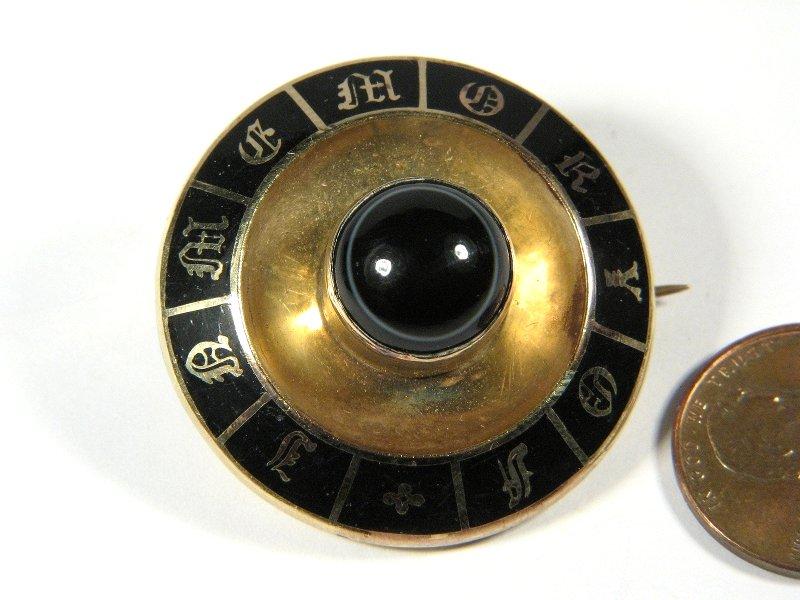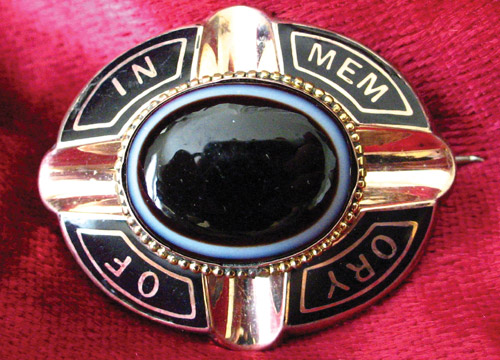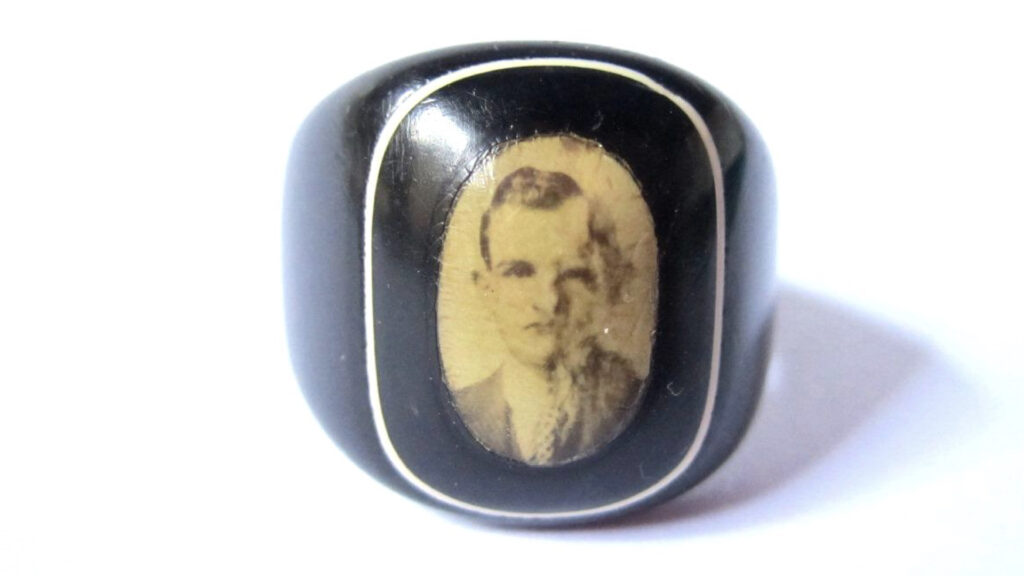*Revisiting* Gothic Revival in Culture and Jewellery: Part 2, c.1850-c.1900
With the seemingly ubiquitous and rather prominent rise of the Gothic Revival period, one must consider that the reaction to the Neoclassical period was.
Should we postulate that there was an internal fear of further revolutions? Or perhaps the Napoleonic Wars had provoked an era of stability that grew from a period considered to bring about the shift from god to the self which resulted in the destabilisation of government and monarchy, war, high mortality and also massive industry. If this thought is in any way certain, it was at least reflected in the reign of Queen Victoria, a reign which saw a return to Christian values, empire building and much greater stability. The affectations of fashion and culture play no small role in this stability.
Last week we looked at the Gothic Revival and its reaction to Neoclassicism as a conceited step to promoting medieval values. Through this, the jewellery worn for the purpose of mourning, a purpose that represented the family unit, created this art on the person. The very impression of the jewel worn at the neck, wrist or finger reflected the concepts of the church and monarchy from the outside in. The very ideals represented in the Church became part of the person.
These concepts, as seen last week through the emergence of the Gothic Revival style in the 1820s and 30s remained through the 1850s to 1900. For an time where the mortality rate was around 40 years old, several generations were influenced with the harder line of mourning, it was imbued within the cultural paradigm without a massive change of thought to create a stylistic change. Rather, the styles of the Gothic Revival period simply became adapted into the Rococo Revival period and many of the other art revival periods of the latter 19th century.
Look at the subsequent pieces. Note that the font changes, but the essential style remains the same.
Bold, black enamel, embellished floral designs and the hair memento. While there are a lot of pieces to challenge this paradigm, these were readily available through catalogues and relatively cheap. There was not enough of a social push to change this, until around 1900. What caused such a change? By the 1880s, there was greater social stability than the 1860s throughout America and Europe, various mineral finds and the establishment of heavy industry as a necessary means of living and mass production, greater communications and mass transit along with clear divisions and seeming political stability had caused even greater fluidity of art and culture between nations. The paradigm established by the Gothic Revival period was starting to give way to less rigid structures of society and art, with new cultural influences provoking those once locked into their social/cultural paradigm a way of looking outside for greater ideas and influences.
But were these concepts universal? Did poor jewellery suffer under the weight of high mortality and political/religious indoctrination? Let’s find out next week!









